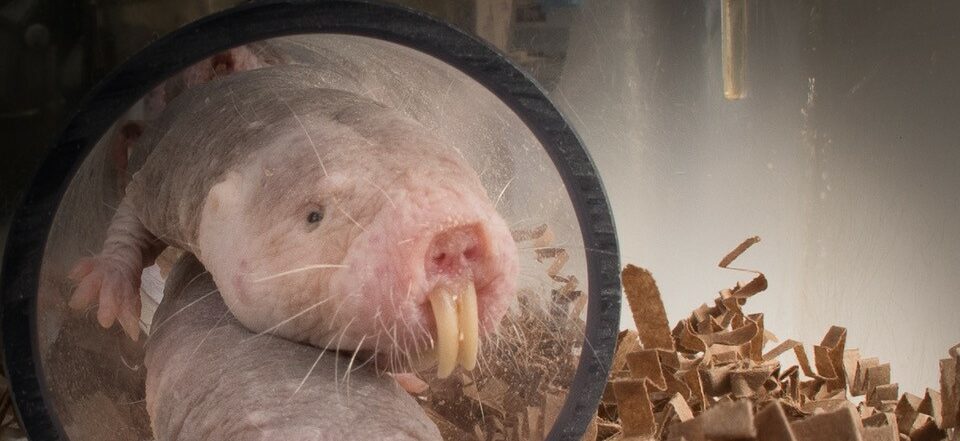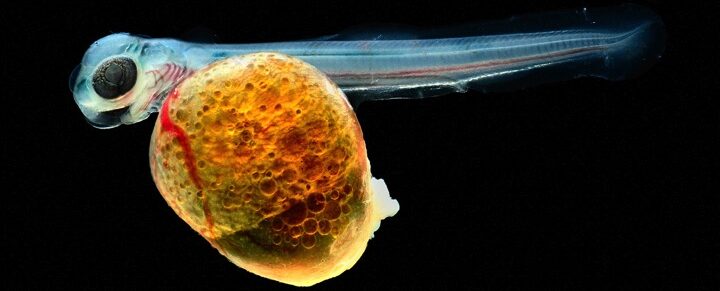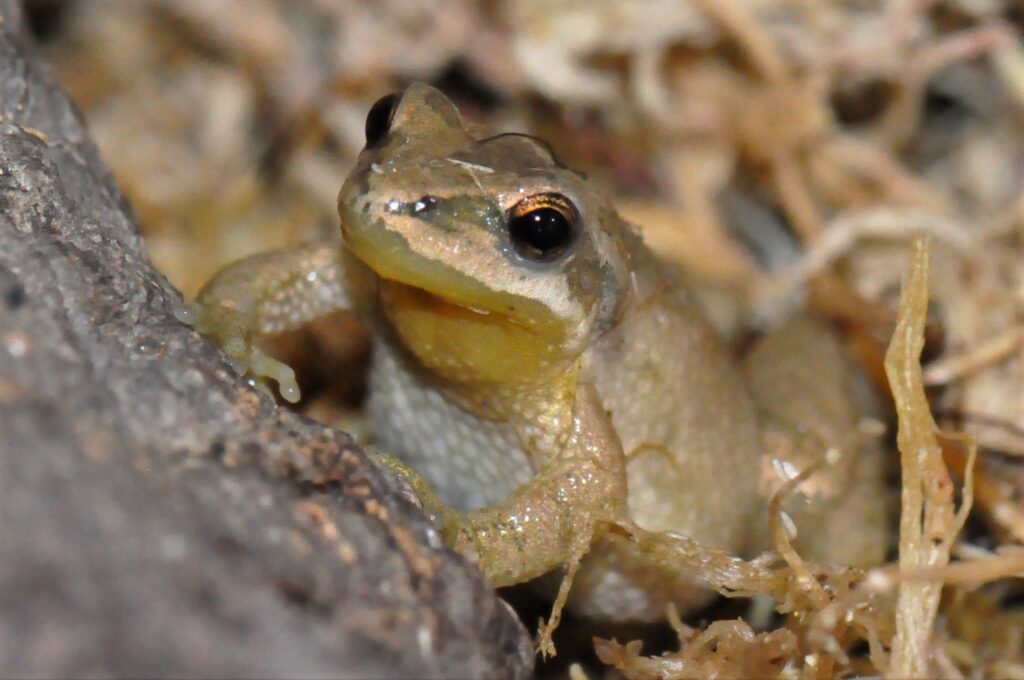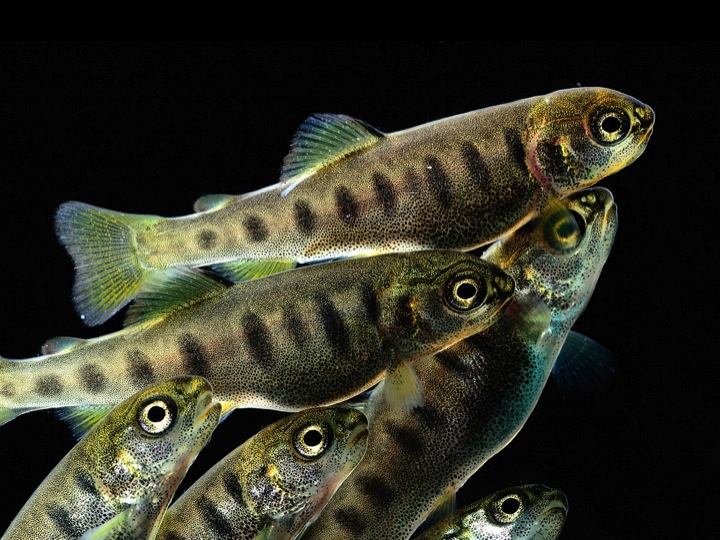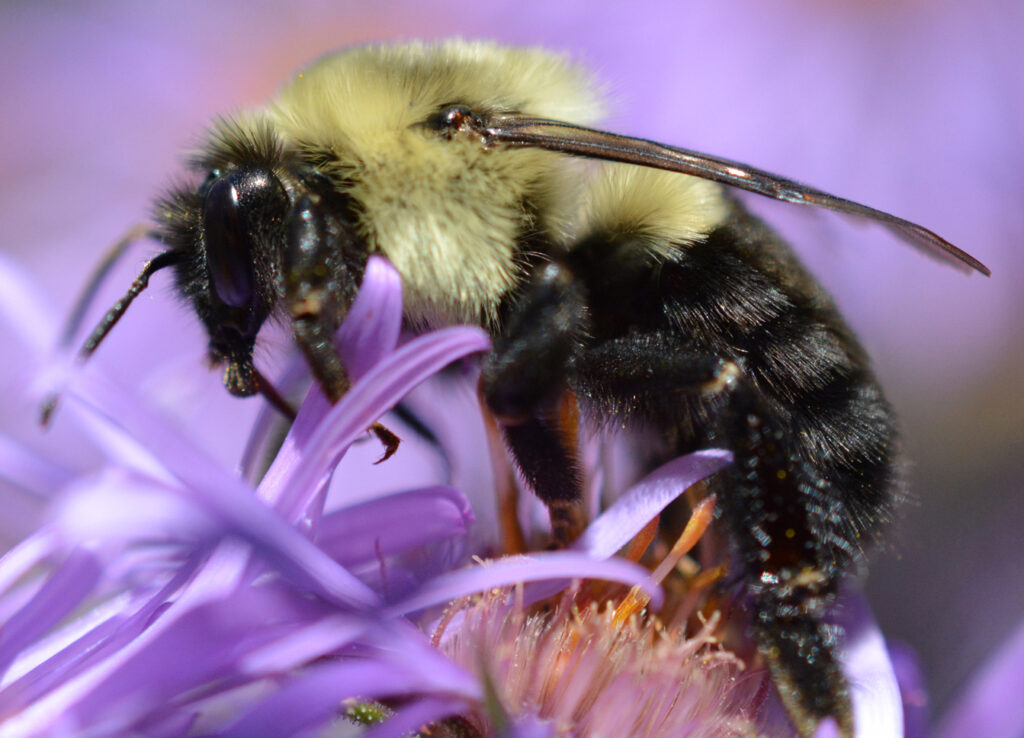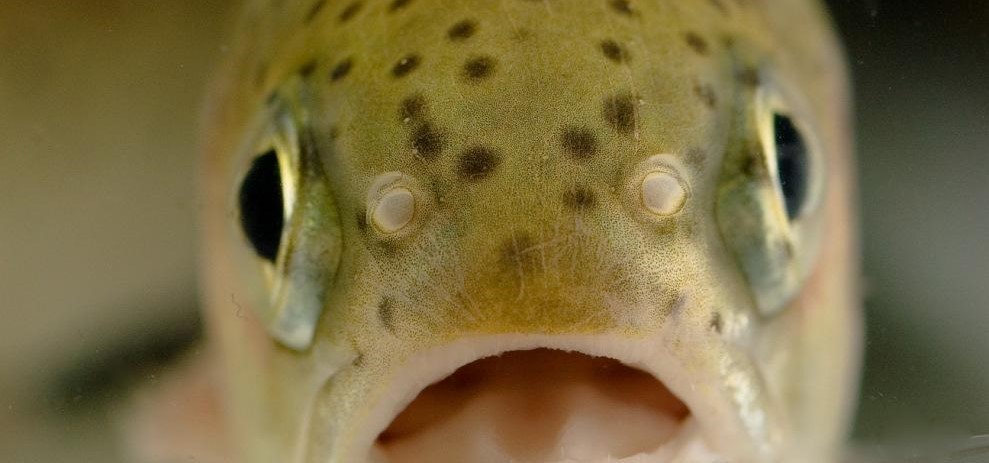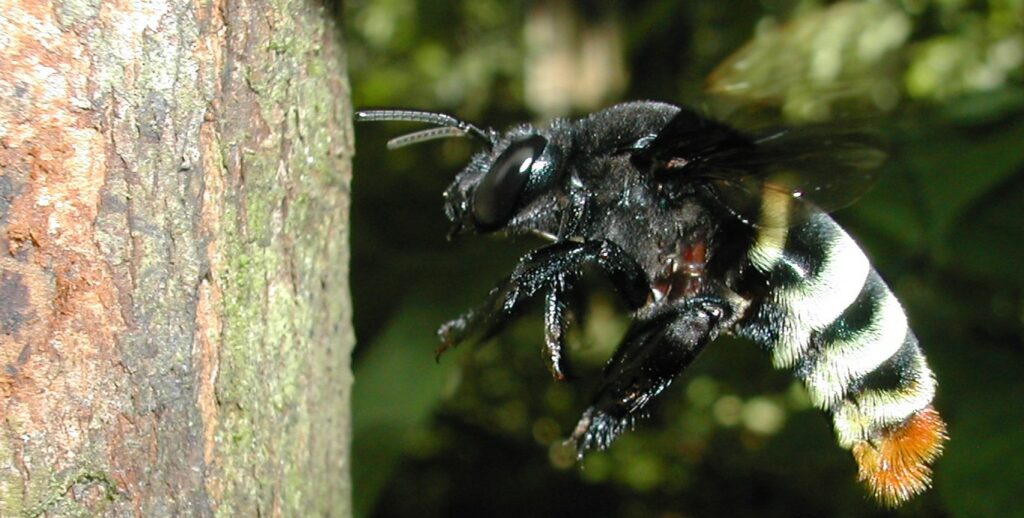Comparative physiology at uOttawa comprises an energetic group of 11 researchers who focus on environmental, evolutionary, and neural physiology, as well as biomechanics, in animals ranging from insects to mammals, but with an emphasis on fish. Innovative and integrative experimental approaches are used to address fundamental and applied research questions – the evolution of biochemical pathways in bees and naked mole rats, energy allocation during activity, the control of breathing, and the impact of environmental pollutants on gene expression and metabolism in aquatic animals are a few examples. The individual research programs are collectively supported by >$500k in funding and state-of-the-art infrastructure (including a large aquatics facility). With more than 30 graduate students currently pursuing diverse projects united by a common interest in comparative physiology, biochemistry and biomechanics, the atmosphere is always lively!


